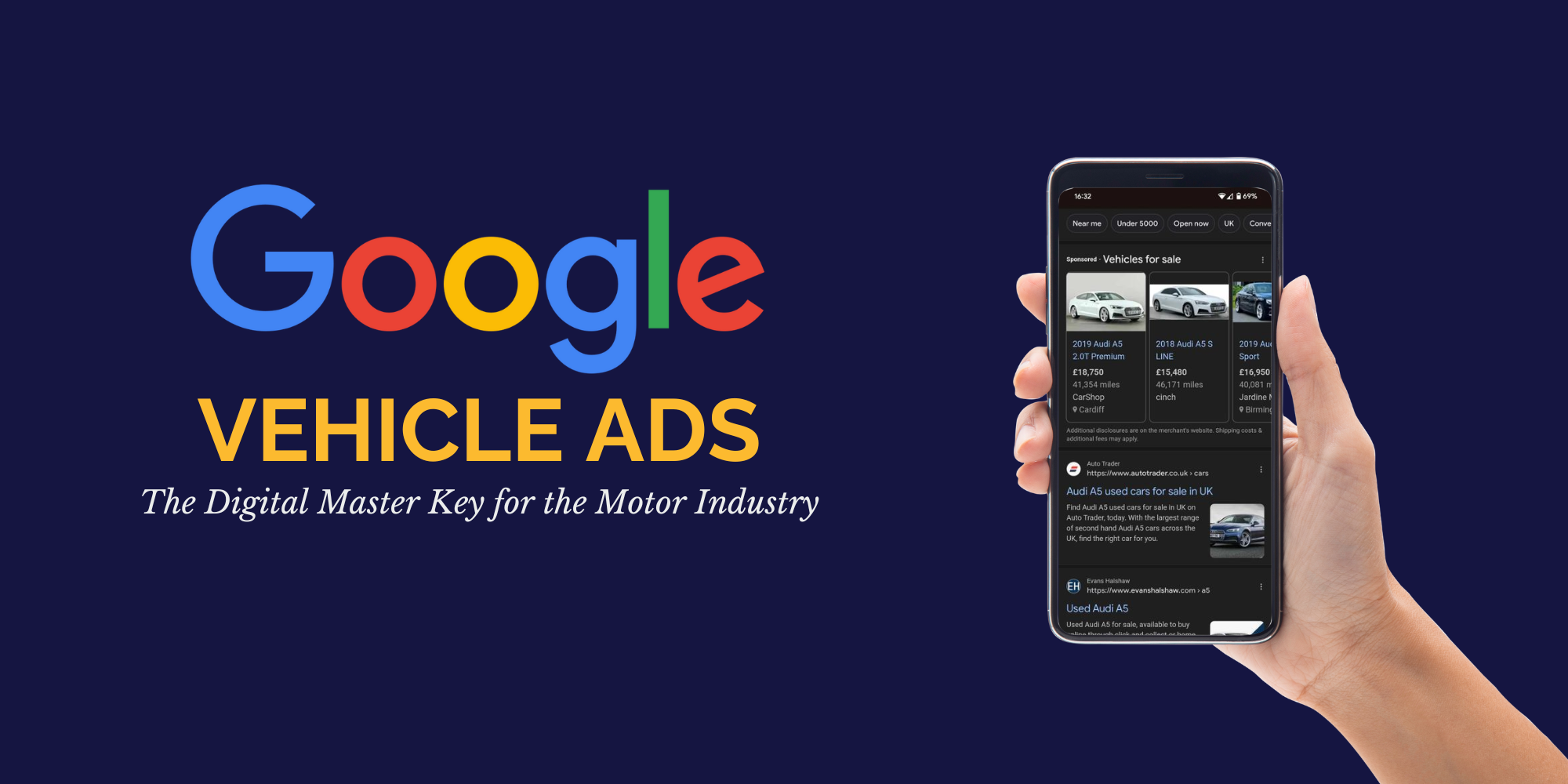August Round-up: Better Meta Targeting, Google Glitch & UX Best Practice
The latest version of our newsletter should have settled in your email inbox, detailing the need-to-know information and must-read thought leadership...
Read moreWhat is Marketing Mix Modelling? And what challenges does it pose for advertisers? Macy Edwards evaluates the effectiveness of MMM, and how it can be used to measure paid channels accurately.
Marketing Mix Modelling (MMM) is a technique commonly used by advertisers to understand how marketing tactics affect sales. MMM has proven to be effective for us to glean accurate insights about traditional media, but how does this model work for today’s complex, ever-changing digital channels?
Facebook recently released a report outlining aspects of the MMM methodology that need to be reviewed, explaining how the impact of digital channels can be accurately captured if advertisers update their techniques and take these key approaches:
In this article I want to explore these approaches in more detail, and to explain how they can be applied to measure your paid channels accurately.
Marketing Mix Modelling is a methodology used for measuring marketing efficiency. Historically it has focused on print advertising, by using a regression model that determines the relationship between channel spend and business-level outcome (for example, cost per acquisition (CPA) or number of sales).
MMM takes on a functional form:

Most digital channels use dynamic, auction-based ad delivery systems with extensive audience targeting. As a result, there are a lot of variances that make MMM more challenging. If we focus on historical models that are weighted towards conversion, we will lose true visibility on how marketing channels support each other.
Let’s use the example of Facebook. If we were to report on a last click basis, we wouldn’t gain a true representation, as most of the data at a click level is lost along the journey due to cookie rejection between browsers and channels.
Another challenge posed to us is education. Education is the main barrier that must be overcome for business stakeholders to feel comfortable with the recommendations provided by the model (and how to execute them). As mentioned in the Facebook report, output is only as good as input. If spend is the main factor in the MMM, and we are making similar pushes for spend across all channels, it becomes difficult to understand the relationships and to evaluate recommendations.
There are three elements to consider here:
While there are pros and cons of all three of these elements, they can be used together to provide a holistically informed view of marketing efficiency:
| Click Attribution | Experimentation | Media Mix Modelling | |
| Pros |
Very easy to calculate and understand Easy to spot trends over time |
Gives a ground truth for the incremental value of marketing Easy to implement on many advertising platforms |
Incorporates online and offline channels and can control for non-marketing factors Model is prescriptive in that it provides an optimal media mix |
| Cons |
Only applicable for online channels Penalises ‘view-through’ channels and favours ‘demand capture’ channels |
Not always possible for all channels Opportunity cost of not marketing to the control group Results dependent on a point in time media mix |
Quality of the results is highly dependent on quality of inputs. Needs years of data. Difficult to distinguish between correlation and causation Model can appear as a black box to business stakeholders |
Following in-depth research with various MMM partners (for example, Accenture), one of Facebook’s main recommendations is to focus on paid impressions being split in meaningful ways in line with strategy changes. For example, if a Facebook campaign was optimised for mid-funnel marketing to increase engagement, separating the impression variables to account for this shift would make sense. Taking this approach can reveal whether inaccurate data or variables are producing misleading results and insights.
Here at ClickThrough Marketing we use the programme RStudio, along with code dependent on business goals, to understand impression vs click attribution. As spoken about in my last article on marketing attribution and getting stuck on last click, we are working to encompass a broader mix in the context of MMM for our clients. In the future we will be able to use this method to accurately forecast against different variants and, as a result, implement more flexible optimisation between channels.

Both Accenture and ThirdLove have released reports on how to use Marketing Mix Modelling to gain valuable insights into marketing efficiency.
All digital platforms offer conversion lift and brand lift experiments to support us with understanding these relationships. For example, Facebook offers to run conversion lifts to help advertisers understand the effectiveness of Facebook, Instagram and Audience network ads in driving incremental sales and conversions. Similar lifts are available from Google and Amazon.
Facebook remains one of the most difficult channels to attribute in the path to conversion, which is why this methodology is important to adopt. MMM enables us to effectively measure and evolve our Facebook advertising strategies, especially when it’s more important than ever in this time of uncertainty.

What this all brings us to is Multi-Touch Attribution (MTA). Let’s return to the example of Facebook advertising. If we assume that the impact of Facebook ads on revenue is 2.4%, then the MTA would credit the remaining 2.5% to paid search, organic and direct; however, this halo effect would not have occurred without Facebook.
We see these sorts of halo effects within key channels a lot, making it all the more important to evolve your multi-channel marketing mix to drive more revenue through acquisition growth. MTA gives credit to every touch point, whereas MMM weights credit to the main channel in the journey.
Our teams have strong partnerships with key digital channels, which means we are able to continually explore opportunities to improve measurement and development within digital strategies for our clients. If you would like to find out more about what we can do for your advertising strategy, get in touch with our digital experts today.
More articles you might be interested in:

The latest version of our newsletter should have settled in your email inbox, detailing the need-to-know information and must-read thought leadership...
Read more
As the cost of living continues to present challenges for many Brits, an increasing number of families are choosing to holiday within the United...
Read more
Our first curated newsletter has hit inboxes, detailing all of the latest need-to-know information and sharing all the necessary thought leadership...
Read more
Over the past few years, marketing leaders have been gearing up for the inevitable 'Cookieless Future'. Safari was the first to bid farewell to...
Read more
It only seems like yesterday that it was the winter of 2022 and we were balancing Black Friday and the Qatar World Cup. Fast forward to now and we're...
Read more
Advertising via Google is constantly evolving, and new ways to showcase your brand and business offering are regularly being rolled out. The latest...
Read more
There are many factors to consider when choosing an automotive dealership, with 53% of customers saying that price determines which dealership they...
Read more
Which UK-based private healthcare providers are running away with their digital presence and who needs a helping hand to take the next step? How is...
Read more